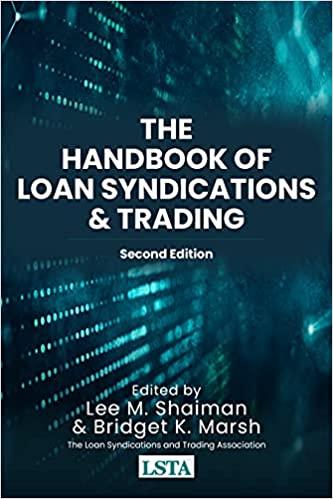5. Natasha Kingery is 30 years old and is currently employed as a Tier 2 field service representative for a telephone corporation. She earns $38,000 a year that she anticipates will grow at 3% per year. Natasha hopes to retire at age 65 (exactly 35 years from today) and has just begun to think about the future. One option she is considering is going back to school for an MBA degree. With an MBA degree, Natasha expects to be promoted to a managerial position in her current firm. The managerial position pays $20,000 a year more than her current position. She expects that this salary differential will also grow at a rate of 3% per year for as long as she keeps working. The MBA is an evening program, which will take three years to complete and costs $25,000 per year, due at the beginning of each of her three years in school. Because she will attend classes in the evening, Natasha doesn't expect to lose any income while she is earning her MBA if she chooses to undertake the MBA. Use an interest rate of 2.5% per year and the following assumptions: Salaries for the year are paid only once, at the end of the year. The salary increase becomes effective immediately upon graduating from the MBA program. That is, because the increases become effective immediately, but salaries are paid at the end of the year, the first salary increase will be paid exactly one year after graduation (so 4 years from now). With these assumptions, the timeline for the cash flows associated with Natasha's current situation and with the MBA degree is: Age t 30 0 31 1 32 2 33 3 34 4 35 5 36 6 64 34 65 35 38,000 38,000 38,000 38,000 38,000 38,000 x 1.03 x 1.032 x 1.033 x 1.034 x 1.035 38,000 38,000 x 1.0333 x 1.0334 Salaries without the MBA MBA program tuition cash flows Salary differential cash flows -25,000 -25,000 -25,000 20,000 20,000 20,000 x 1.03 x 1.032 20,000 20,000 x 1.0330 x 1.0331 a. Calculate the PV (at t = 0) of Natasha's salaries if she continues at her current job, without doing the MBA b. Calculate the PV (at t = 0) of the salary differential for completing the MBA degree. c. Calculate the PV (att-0) of the cost of the MBA program. d. Based on your calculations, determine the net gain from undertaking the MBA, expressed in dollars at t 0







